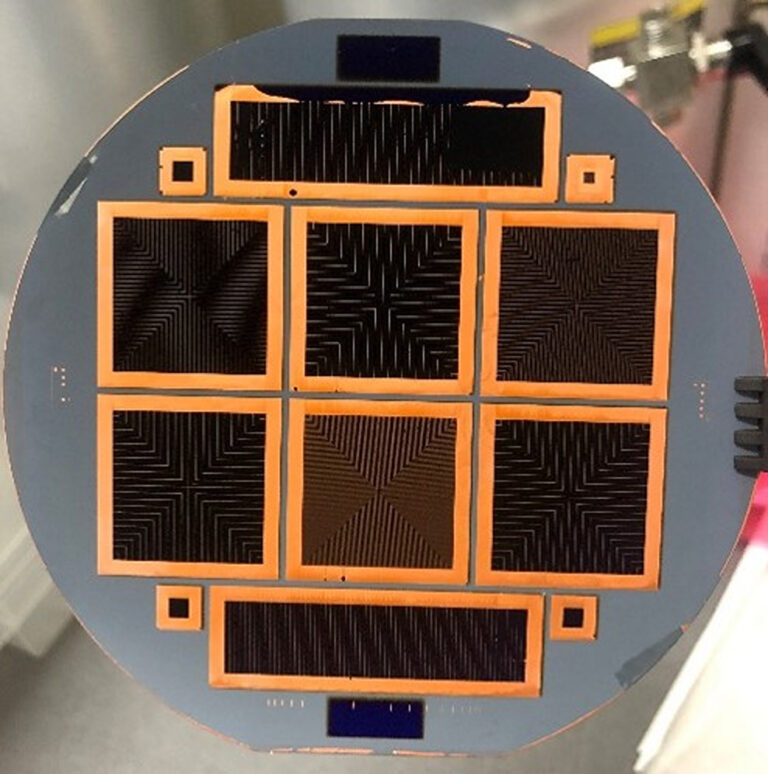Scientists from TU Delft used plasma treatment with boron (PTB) to build heterojunction solar cells, based on a hole transport layer made of thin films of transition metal oxide (TMO). The device showed a significant balance between defect rate and carrier transportation and achieved remarkable levels of efficiency.
Scientists from Delft University of Technology in the Netherlands have fabricated an n-type silicon heterojunction (SHJ) solar cell based on a hole transport layer (HTL) made with thin films of transition metal oxide (TMO).
In the newspaper “Universal interface engineering method for applying transition metal oxides in silicon heterojunction solar cells”, published in Solar energy materials and solar cellsthe researchers said that TMO materials have a large band gap and are used in heterojunction PV devices to increase their short-circuit current.
“This work presents a successful application of interface engineering methods to improve the performance of SHJ solar cells using thin films of polytungstate (WOx) and vanadium suboxide (V2Ox),” the study’s lead author Liqi Qao shared. pv magazine. “By precisely controlling the oxygen content in the TMO films, we mitigated the damaging interfacial reactions between the TMOs and the silicon passivation layers, resulting in improved efficiency of the solar cells.”
The scientists selected these two materials because they ‘establish’ a balance between the amount of oxygen vacancies and their ability for selective transport. They applied boron plasma treatment (PTB) to alleviate the interfacial reaction of TMO with the substrate via interface engineering.
This treatment reportedly alters the oxygen content in TMO films, improving their electronic properties.
The group built a WOx-based cell and a V2Ox-based device. In the first cell, the thickness of the WOx film was 2 nm, while the V2Ox layer used in the second device was 2 nm thick.
The 2 cm x 2 cm devices were both based on 4-inch float-zone (FZ) wafers processed in tetramethylammonium hydroxide (TMAH) stacks, hydrogenated amorphous silicon (a-Si:H) stacks, and an anti-reflective coating based on magnesium fluoride (MgF2).
Tested under standard lighting conditions, the WOx-based cell was able to achieve an energy conversion efficiency of 23.30% and a fill factor of 80.80%. The other device achieved values of 22.04% and 74.88% respectively.
“Our TMO-based FJ-SHJ [front junction silicon heterojunction] Solar cell results show that the PTB is a method that creates an optimal surface condition for the deposition of TMOs and achieves a desirable balance between the amount of defects and the carrier transport of the film, leading to improved performance of TMO-based SHJ solar panels . cells,” the researchers concluded.
This content is copyrighted and may not be reused. If you would like to collaborate with us and reuse some of our content, please contact: editors@pv-magazine.com.


